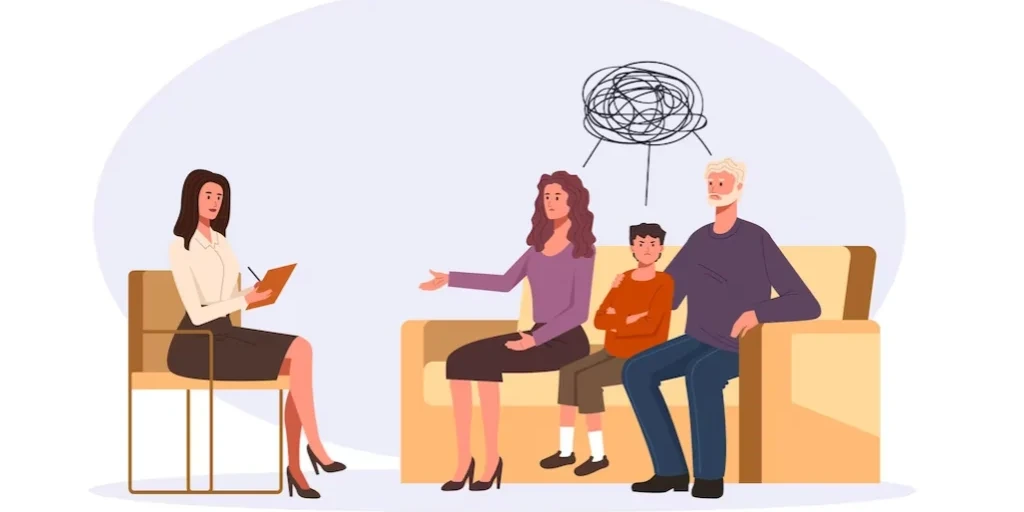24/7 Helpline:
(866) 899-221924/7 Helpline:
(866) 899-2219
Learn more about Opioid Rehab centers in Greenbelt
Opioid Rehab in Other Cities

Other Insurance Options

GEHA

Sliding scale payment assistance

CareFirst

Aetna

Carleon

Horizon Healthcare Service

Molina Healthcare

Absolute Total Care

UnitedHealth Group

UMR

Magellan

Kaiser Permanente

Self-pay options

State Farm

Highmark

BHS | Behavioral Health Systems

Humana

Providence

WellCare Health Plans

Meritain
















